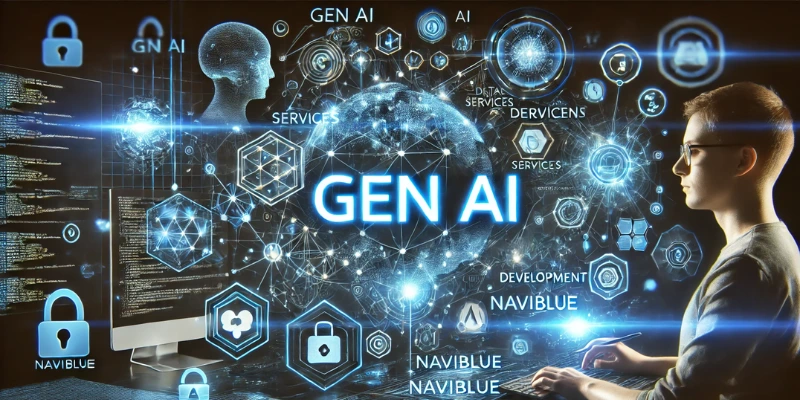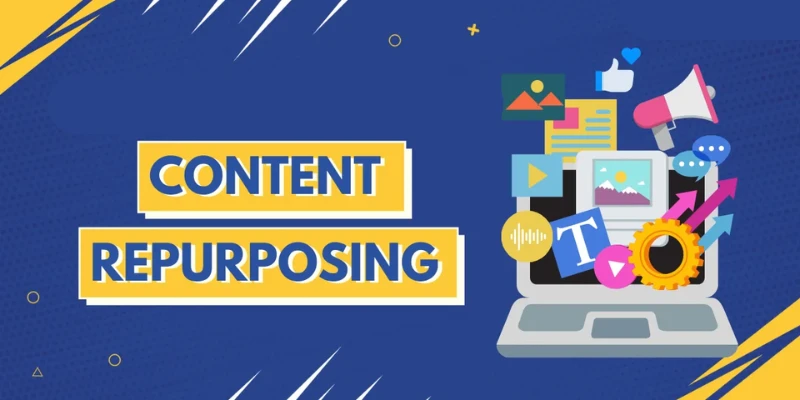Artificial Intelligence (AI) has journeyed from being a buzzword of the future to a powerful force that’s reshaping how we think, work, and create every day. Among its many branches, Generative AI (GenAI) stands out for its ability to produce text, images, music, and even code. But as GenAI’s power grows, so does the responsibility of building it ethically and responsibly.
Let’s simplify it step by step so you can see exactly what’s involved in designing, developing, and deploying trustworthy GenAI models.
1. What Does “Responsible GenAI” Really Mean?
When we say “responsible AI,” we’re talking about creating systems that are ethical, transparent, and fair models that don’t just work but work for everyone.
A responsible GenAI system should:
- Respect privacy and user consent.
- Avoid bias and harmful outputs.
- Be transparent about how it was trained and what data it used.
- Provide users control over how AI interacts with their data.
In simpler terms, it’s about ensuring AI acts like a good digital citizen. This concept forms the heart of many advanced Artificial Intelligence Course in Chennai, where learners explore the balance between innovation and integrity.
2. Start with Ethical Foundations
Every responsible GenAI project begins with ethics in design. Before writing a single line of code, developers must define clear boundaries for what the system should and shouldn’t do.
For instance:
- Data sourcing: Use legally obtained, diverse datasets. Avoid scraping personal or copyrighted content without consent.
- Bias testing: Continually test outputs for demographic, cultural, or gender bias.
- Explainability: Ensure end-users understand how the AI arrives at its results.
Companies today are setting up AI Ethics Committees to review model behavior before deployment. This ensures GenAI tools don’t unintentionally spread misinformation or harm users.
If you’re training in AI, understanding these ethics isn’t optional it’s essential. Many leading institutions, like FITA Academy, emphasize this in their hands-on courses, teaching learners how to think critically about AI design choices.
3. The Pillars of Responsible GenAI Development
To build a strong framework, imagine four pillars supporting your GenAI system:
A. Transparency
Users should always know when they’re interacting with AI. Clear disclosures build trust. Adding model documentation or “model cards” helps users understand the data sources, limitations, and reliability of outputs.
B. Accountability
There must be a human in the loop. Responsible AI systems have clear ownership meaning someone is accountable for decisions or outputs the AI makes. Whether it’s a developer, data scientist, or organization, accountability keeps systems grounded in ethics.
C. Fairness
Bias is one of the biggest challenges in AI. Developers need to actively monitor and retrain models to remove unintended bias. A balanced dataset and ongoing fairness audits help maintain trust.
D. Safety and Security
GenAI systems must protect user data, prevent misuse, and guard against adversarial attacks. Encrypting data, maintaining audit logs, and following compliance standards like GDPR are all part of responsible AI safety protocols.
These four pillars ensure your system isn’t just functional but trustworthy.
Also Read: How Gen AI Skills Can Boost Your Freelancing Career?
4. Building a Practical Framework
Let’s get more hands-on. How do you actually build a responsible GenAI system in real life? Here’s a practical framework to follow:
Step 1: Define Purpose Clearly
Start with clarity what problem are you solving? What value does your model provide? Aligning purpose with positive human impact keeps your project focused and ethical.
Step 2: Choose Ethical Data Sources
Collect data from verified, diverse, and transparent sources. Clean and label it responsibly to prevent bias or misinformation.
Step 3: Design with Human Oversight
Keep humans in the feedback loop. Let experts review model decisions regularly. GenAI should assist, not replace, human judgment.
Step 4: Implement Monitoring Systems
Once deployed, monitor the model continuously. Build dashboards that detect anomalies, bias drifts, or harmful outputs.
Step 5: Provide Explainable Outputs
Users should be able to ask, “Why did the AI say that?” Use visualization and natural language explanations to make your system’s reasoning visible.
Step 6: Build Feedback Mechanisms
Let users flag inaccurate or harmful outputs. Their feedback becomes the foundation for retraining and improving the model.
By following this framework, teams can design GenAI tools that respect both innovation and humanity.
5. The Role of Regulation and Standards
Responsible GenAI isn’t just about technology it’s about governance. Around the world, governments and organizations are rolling out AI regulations that demand transparency, privacy protection, and accountability.
Standards like ISO/IEC 42001 (AI management systems) and the EU AI Act are shaping how companies operate. Understanding these laws early can give you a huge career advantage if you’re pursuing AI education or planning to work in the field.
6. The Human Factor: Education and Awareness
Technology alone can’t make AI responsible people do. That’s why learning from the right mentors matters so much.
If you’re serious about entering this space, consider enrolling in an advanced Generative AI Course in Chennai where you’ll get hands-on exposure to model building, prompt engineering, and ethical AI practices. A strong educational foundation helps you apply responsibility in real-world projects from chatbots and design tools to predictive analytics and automation systems.
The more you understand AI’s impact on society, the better equipped you’ll be to build solutions that empower rather than exploit.
7. Looking Ahead: The Future of Responsible AI
The next decade will see AI evolve faster than ever. As technology advances at lightning speed, the responsibility doesn’t rest solely on developers it extends to everyone who interacts with these tools.
Organizations that embrace responsibility early will gain trust, while others that cut corners may face backlash or legal issues. The future belongs to those who merge technical brilliance with ethical intelligence.
If you’re learning through a top-rated Training Institute in Chennai, this mindset should be at the core of your learning journey combining creativity with caution, and innovation with integrity.
Building responsible GenAI systems isn’t just about following rules it’s about shaping a future we can all trust. When technology serves people transparently, fairly, and safely, everyone wins.
Whether you’re a student, a professional, or an aspiring data scientist, remember: responsible AI starts with you. Learn, question, and design consciously.
Because in the end, the best AI systems aren’t just smart they’re responsible.
Also Read: How to Create Art with Generative AI Tools?


